
The best online fitness resource you'll ever need. We filter out the BS to ensure you meet your health and fitness goals!

The best online fitness resource you'll ever need. We filter out the BS to ensure you meet your health and fitness goals!
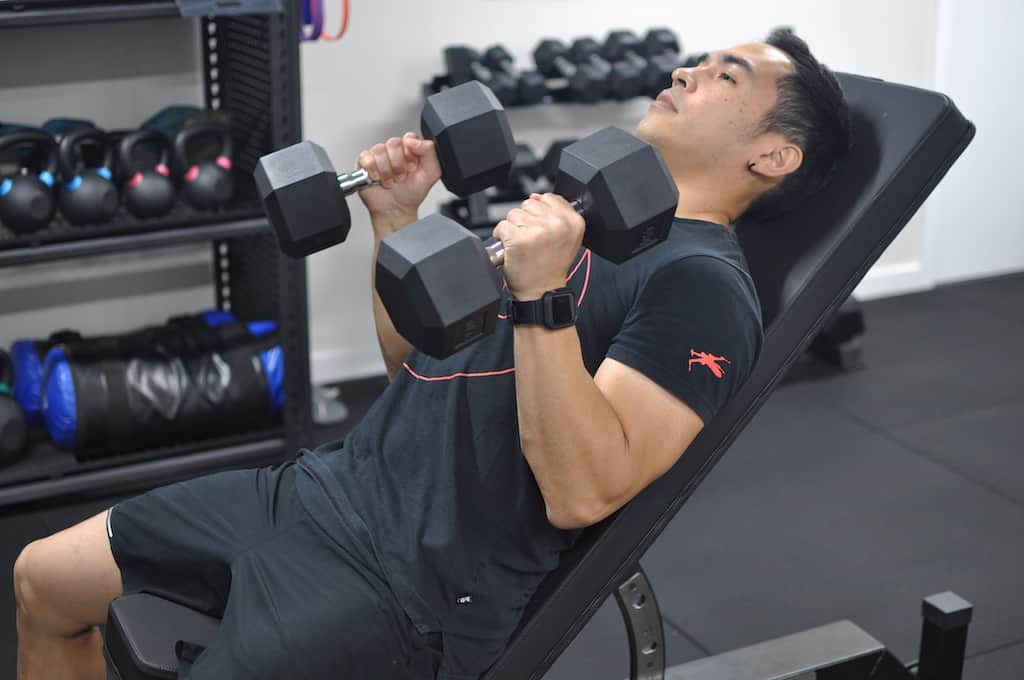
Incline hammer curls are a variation of hammer curls performed on an incline bench. The idea behind the incline is for the weight of the dumbbell to create a greater stretch in the biceps when the dumbbell is at the bottom of the rep.
Since a muscle is at its greatest potential for work when stretched (not over-stretched), incline hammer curls—at first glance—would seem to be superior to upright hammer curls.
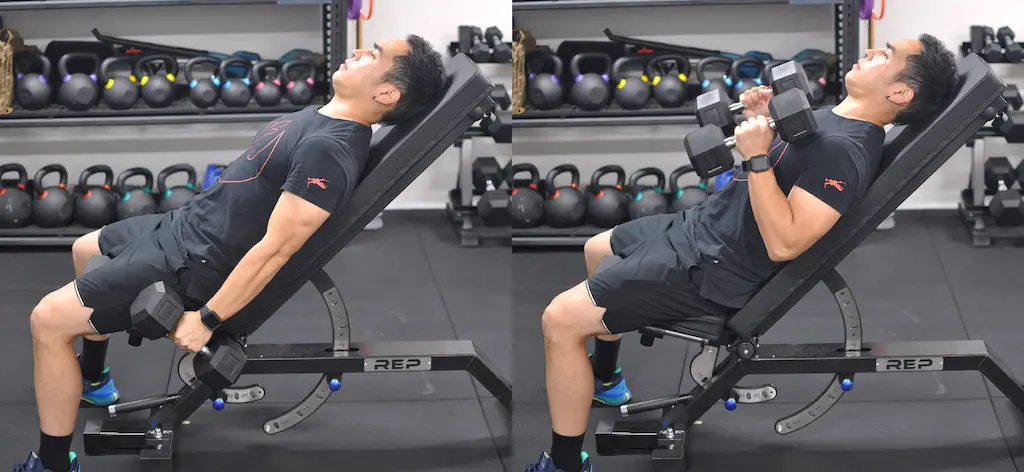
The steepness of the incline and recline of the lifter dictates how much stretch is on the biceps, but not the brachioradialis.
Incline hammer curls make an excellent choice for working the brachioradialis, that muscle that creates a nice, round bulge on the outside of the elbow when it’s well developed.
Muscular upper forearms are a sign of strength and they look great in short-sleeved shirts.
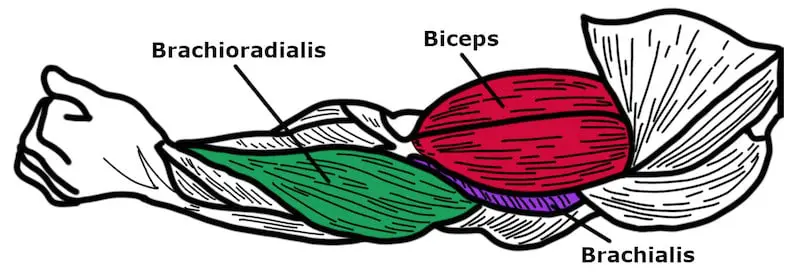
Other biceps muscles get work as well: the biceps brachii (both short and long heads), and the brachialis, the thick muscle that lies under the biceps and adds height to the biceps peak because it “pushes” the biceps away from the humerus (upper arm bone). The brachialis also adds thickness to the arm just above the crook of the elbow.
Here’s how to do an incline hammer curl:
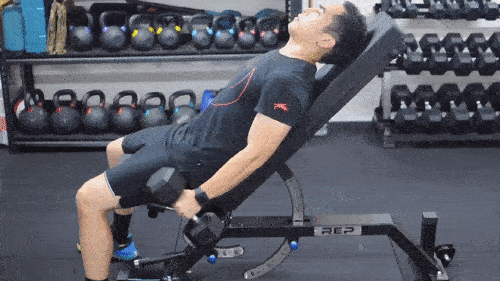
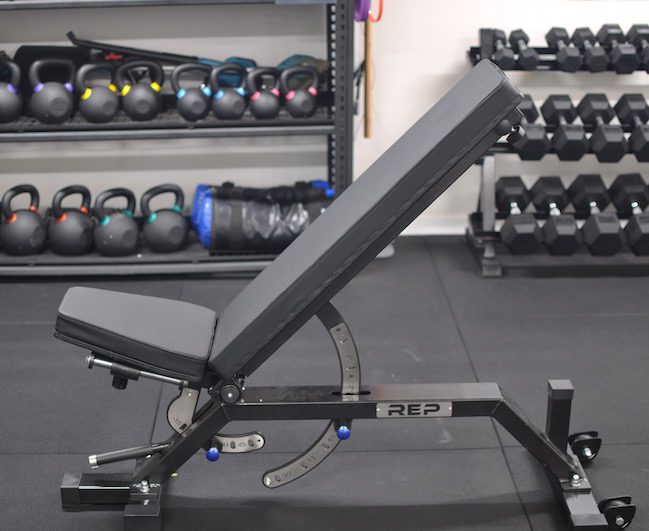
Incline hammer curls are an excellent way to isolate the target muscles. Lying on a bench helps by keeping the upper body still. Here are common mistakes to avoid:
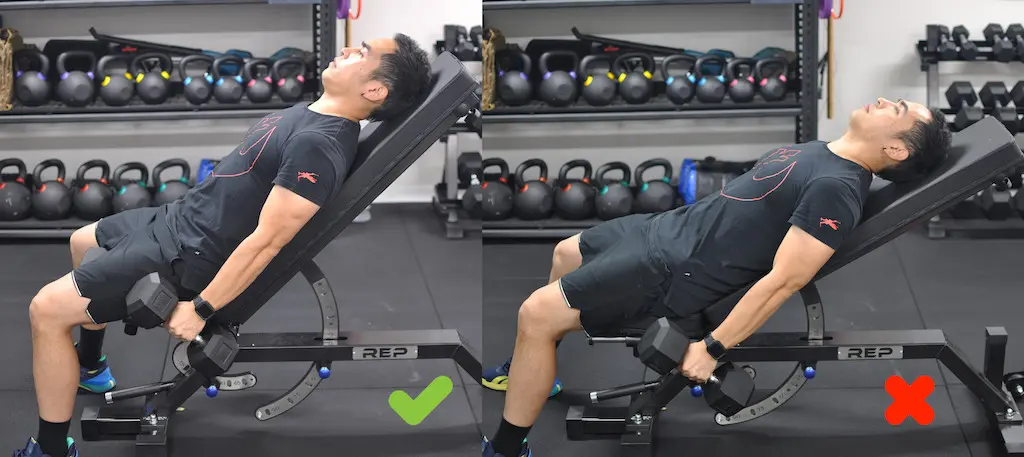
As mentioned earlier, setting the incline too low can overstretch the biceps tendons at their origins in front of the shoulder.
The resulting pain leads many to believe they have a shoulder problem, and will forego shoulder work but not back off on the biceps work.
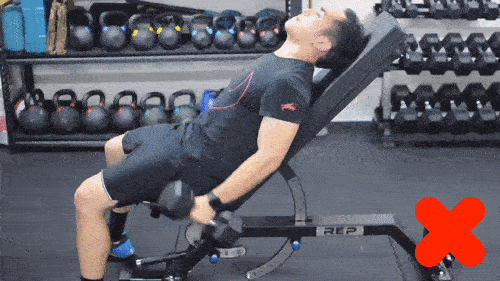
Don’t swing the weight. Even on a bench, some dudes find a way to swing the dumbbell instead of curling it.
Those first few inches from the bottom of a rep are the “money” part of the rep. If you swing the weight so that it carries through that critical lower range, you’ve ripped yourself off.
The isolation and added stretch provided by the incline will not require much weight to get tons of benefit. Don’t be afraid to choose a lighter dumbbell and do reps so strict that bystanders will think nothing on you moves except your forearms.
Hey, you’re free to do whatever kind of curl you like. But if you want to do an incline hammer curl, the forearm should thumb-side up the entire time.
Rotating the wrist so that the palm ends up facing the ceiling (supinated) is not a hammer curl. Using an extreme example, it’s kind-of like putting a bar on your back and saying you’re about to do front squats.
Incline hammer curls are an excellent upper arm isolation exercise, especially for the brachio-radialis, mentioned earlier. The position of the arm relative to the dumbbell and the upper body is what makes them so good.
In summary, they are a very efficient way to work the arm flexor muscles and get collateral forearm benefit also. You’ll get a lot of benefit out of less weight, for these following reasons.
The incline elongates the muscle for optimal fiber recruitment. The starting position is favorable and it allows for a full range of motion.
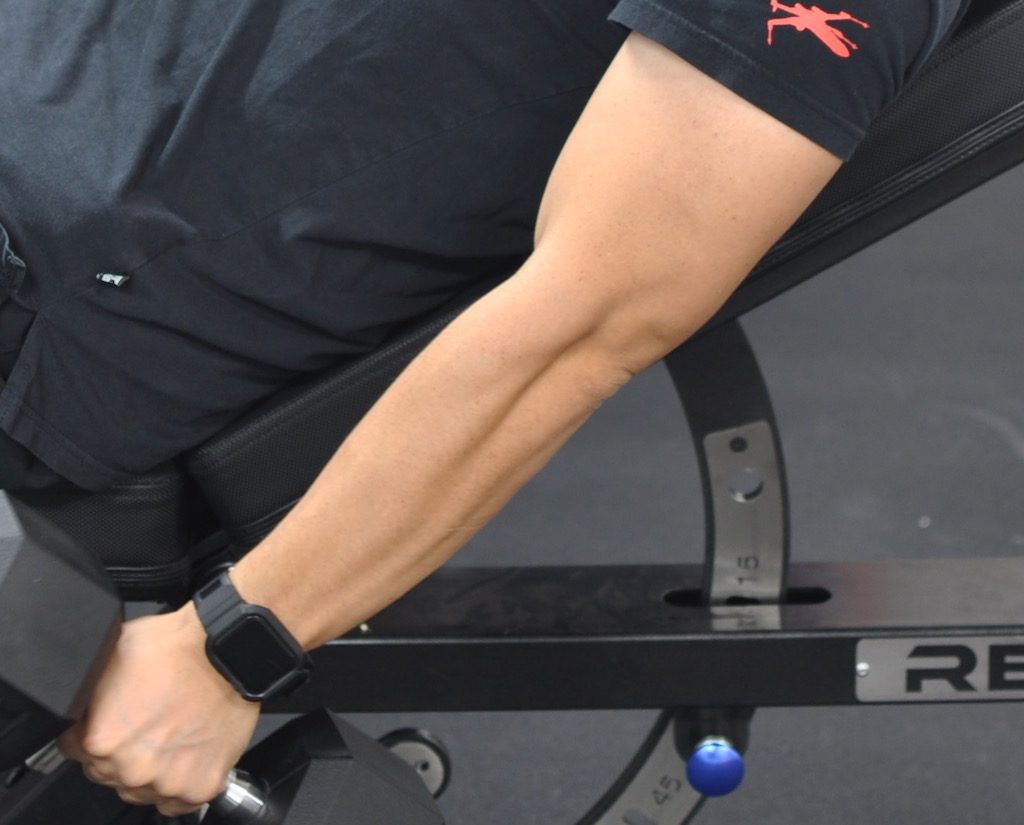
This enables the incline hammer curl to load the muscle at the right point during a rep. Incline hammer curls are early phase loaded, meaning the load is greatest on the muscles at the beginning of a rep, and, stays fairly consistent throughout a rep.
The direction of resistance is favorable for the target brachioradialis. The brachioradialis attaches on the same side of the forearm as the thumb.
That means that when the thumb is up and lifting a weight that’s being acted on by gravity, the brachioradialis is acting directly against gravity.
Incline hammer curls optimize the leverage (meaning they diminish mechanical advantage). When the arm is flexing, i.e. performing a curl motion, it is acting as a Class III lever.
The incline hammer curl positions the forearm such that the load is maximized. That means that you can use a lighter weight with incline hammer curls than you could with, say, a standing dumbbell curl (which by the way are pretty awesome also), and get a lot more proverbial bang for your buck.
We could spell out the math but we’d suggest you just try these with strict form to see for yourself what we mean.
An adjustable bench allows the lifter to tune the amount of stretch. The lower the incline, the farther back the arm extends behind the torso.
More stretch isn’t better. There’s a sweet spot and it’s at a very, very high incline. Observe caution to not set it too low to avoid too much stretch and risk inflaming the biceps tendons.